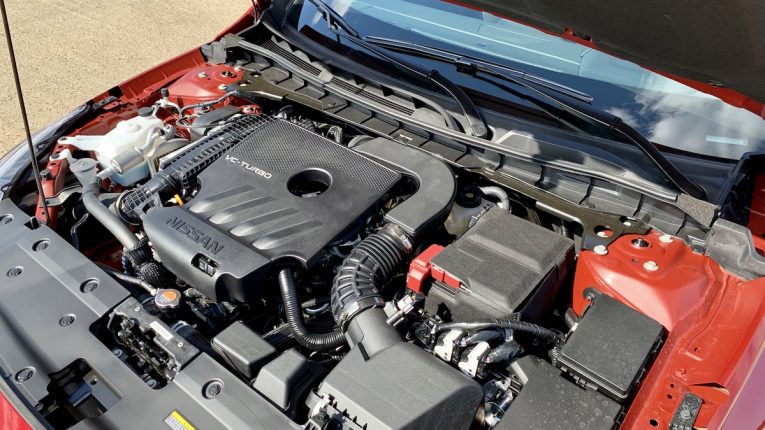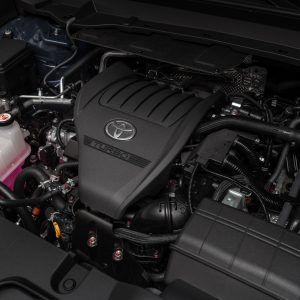
Most common MOT failures 2019 (…and how to avoid them)
All in the UK at least – tend to dread when the time comes that we need to book an MOT for our car. It can bring up a lot of unwanted expenses to keep your car functional and on the road for another year, especially since the DVLA announced an array of reforms including stricter emissions testing, alongside a new advisory fault system.
The new MOT has different types of advisories instead of just a simple pass or fail. This includes dangerous, major, minor and advisory faults. Out of these, only a dangerous or major advisory will fail an MOT, while advisory and minor faults can be fixed later on.
So far since the changes MOT failure rates have actually dropped slightly, but roughly 33% of cars still fail their MOT first time. The most common reasons for an MOT failure in 2019 so far are:
Lamps, reflectors & electrical equipment: 26.7%
Suspension: 18.3%
Brakes: 17%
Tyres: 10.6%
Visibility: 8.6%
Body, chassis and structure: 6.8%
Noise, emissions and leaks: 5.7%
A lot of these MOT failures are incredibly easy to avoid with a quick check over your car before you drop it down the garage…
Lights, reflectors & electrical equipment checks: Check all your lights – headlights, sidelights, rear lights, indicators, hazard lights, reverse lights and brake lights. Replace any bulbs that need replacing (YouTube has thousands of these how to guide’s to cover every model of car). Check your reflectors aren’t damaged in any way. Electrical equipment is a little harder to diagnose, however if you have any dashboard warning lights on some of these may potentially be a major fail, so it’s sometimes necessary to fix these in advance.
Suspension: There’s a few indicators that your car’s suspension may be worn like a rough ride where you can feel every bump, feeling a drifting or pulling sensation when turning or if the front of your car dips or nose dives when braking. For those with a bit more knowhow who can get underneath their car, checking the shocks to see if they’re oily, greasy or outright damaged is a simple way to check suspension before an MOT. Alternatively, another good indicator is to bounce test your car, although this only works if the damage is quite significant. Just press down on the front of the car with all your weight, bouncing it a few times and then release. If the car continues to rock or bounce considerably for 3 or more times after you release it the suspension may well be wearing out.
Brakes: Generally drivers tend to notice any unusual changes in their brakes, however if you’re hearing any high pitched screeching or grinding when braking your brakes may well need some attention before an MOT. Shuddering or vibration when braking is also a good indicator of your brakes being in poor condition. For your handbrake, take your car to a hill and park up – it must be able to hold the weight safely.
Tyres: There’s no excuse for your tyres to fail on your MOT when they’re the easiest component of your car to check. Ensure all your tyres are inflated correctly and evenly. Check for any signs of uneven wear as this is often symptomatic of a larger issue with the car as well as checking for any lumps or bulges as these are an immediate fail. You can use the 20p test to check your tyre tread – simply put a 20p into the tread grooves on your tyre and if you can’t see the outer band on the 20p then your tyres will be above the legal 1.6mm limit.
Visibility: This one is pretty straightforward. Your car will fail an MOT for any chip or crack in the windscreen larger than 40mm, or 10mm if it’s in the driver’s eye line. Replace the windscreen beforehand if this is the case. Check your wipers work properly and that you have enough washer fluid. Make sure all your mirrors are secure and clear of obstruction – so not held on with duct tape or cracked!
Body, chassis and structure: Parts of this one are a little trickier to check if you don’t happen to own a car lift. Some of this is a check for general condition of the body, which you can do yourself. Only damage that could cause potential harm would be of interest to the MOT tester, so cosmetic scuffs won’t be. They’ll also check all your doors, boot and bonnet open, close and lock as well as if your registration plate is legible and clear. A lot of this section of checks are under your car to assess the structural integrity. If you can get under there, look for any signs of significant rust or corrosion.
Noise, emissions and leaks: Leaks are easy to find – first thing in the morning look underneath where your car has been parked to see if any fluids are on the ground. Unfortunately, emissions aren’t so simple, unless you happen to have a diagnostic emissions machine lying around. If you’re in a diesel that’s built after 2009 and therefore has a diesel particulate filter then if your car is emitting smoke of any colour – you’ll fail your MOT. For any car, if your exhaust is emitting a lot of noise or has an unusual rattle, both of these are signs your exhaust may not be functioning as well as it should be and is well worth a stop in the garage before your MOT.



